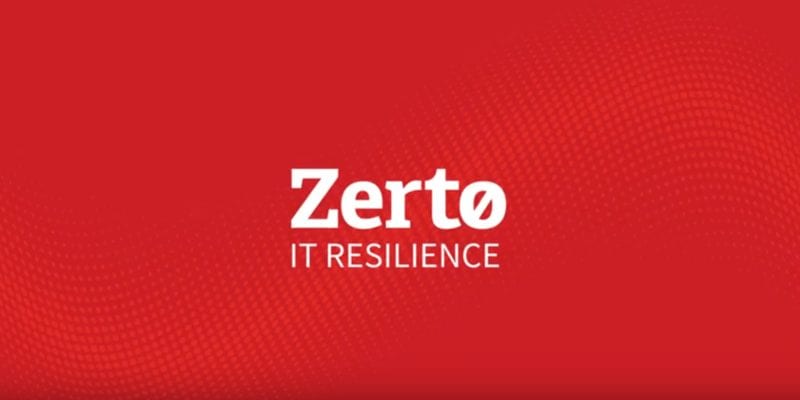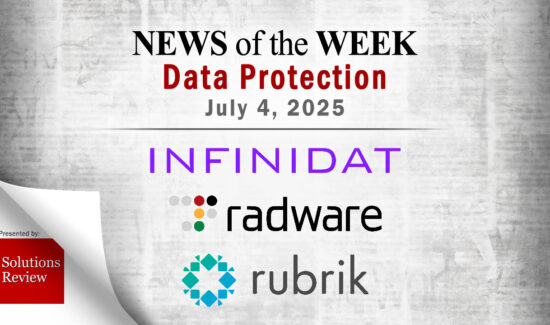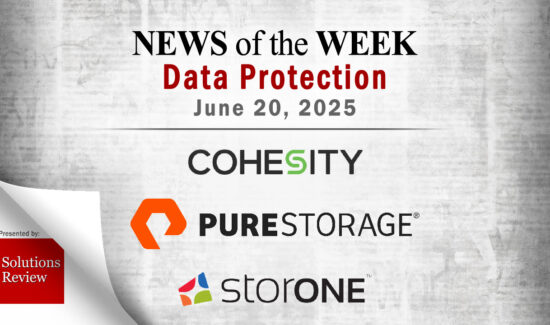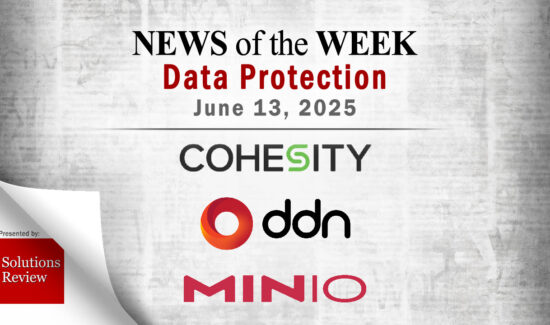Zerto Study Reveals Disconnect Between Container-Based Data Protection and Individual Apps

 Zerto has announced the key findings of Data Protection Trends and Strategies for Containers, a co-sponsored ESG survey, and eBook. As containers rise in popularity, businesses must understand that they are uniquely designed and require a specialized data protection strategy. However, this survey reveals a significant disconnect in data protection strategies across organizations, with 75 percent believing that container-based applications can be backed up the same way individual applications are backed up. This belief can potentially contribute to increasing critical Recovery Time Objective (RTO) and Recovery Point Objective (RPO) tolerances and add to the time and resources needed for container-based application development and delivery.
Zerto has announced the key findings of Data Protection Trends and Strategies for Containers, a co-sponsored ESG survey, and eBook. As containers rise in popularity, businesses must understand that they are uniquely designed and require a specialized data protection strategy. However, this survey reveals a significant disconnect in data protection strategies across organizations, with 75 percent believing that container-based applications can be backed up the same way individual applications are backed up. This belief can potentially contribute to increasing critical Recovery Time Objective (RTO) and Recovery Point Objective (RPO) tolerances and add to the time and resources needed for container-based application development and delivery.
The survey revealed that the average RTO tolerance rates across respondents are 2.87 hours, and the RPO tolerance rate is an average of 22 minutes. However, businesses can do better, and ideal time frames should be accelerated RTO in minutes and RPO in seconds. By employing a container-native disaster recovery and backup solutions, recovery can be accomplished before a cyber threat such as ransomware occurs, notably improving organizational resilience and performance.
In a press statement, Deepak Verma, director of product strategy at Zerto, said, “delivering security and resilience is key to the successful adoption of containers and selecting the right data protection solution makes a substantial difference to an organization’s agility. The research findings underline the need for organizations to adopt container-native data protection technologies that are integrated into the application deployment lifecycle from the inception, so applications are born protected and remain that way. This equates to less work for developers and consistency in protection of containerized applications, which will need to adhere to business requirements.”
Zerto’s research also highlighted that hybrid, and multi-cloud strategies are closely linked to container deployments. With 21 percent stating they have deployed or plan to deploy to container-based applications in a public cloud environment only and 71 percent saying they have deployed or plan to deploy container-based applications in a hybrid-cloud strategy, it’s clear why 57 percent of respondents reporting multi-cloud support as one of the most critical features with regards to backing up their organization’s container environments. However, almost two-thirds of those surveyed indicated their most significant challenge in managing backup and disaster recovery in container environments is handling them in hybrid cloud environments and/or across multiple public clouds.
To download the complete eBook, click here.
To learn more about Zerto, click here.



















